UPDATED JUNE 16, 2025.
More than a game, dice are a helpful randomizing tool that psychologists say can help us make good decisions. In this post, we’ll share when and how to use dice for decision-making.

Jump to Section
When and Why to Use Dice for Decision Making
We may make as many as 35,000 decisions in a day, and sometimes it can feel like just too much. When that happens, what comes next has been well-studied: we make poor decisions and are quick to anger. We lose the willpower, endurance, or even interest to keep making decisions, deciding rashly and impulsively or even freezing, giving up and “leaving it to fate.” It’s called “ decision fatigue .”
Psychologists agree that “randomizing agents” like dice can actually help. With some science-established ground rules and guardrails, using coin flips or dice rolls to "delegate" decisions results can reduce decision fatigue and even be beneficial for mental health.
Regular dice-rollers agree. Experienced DND players, who use dice constantly, say there are three reasons we roll the dice:
Props : when the actual results doesn’t matter much or you’re ambivalent about equally-acceptable options. Like which tea to brew in the morning.
Prompts : for inspiration and insights in a safe play environment. These allow you to try on new things or explore a new novel perspective without fully committing in real time.
Disclaims : to delegate the decision or distance yourself from it. In other words: to not decide but to rely on the universality of randomness to decide for you.
The dice distance the people from the decision. Classroom teachers use dice help students to reduce conflict in group decision-making. One mom uses this dice technique to fairly assign weekly chores to family members.
Experienced dice decision-makers who practice "dice living" also find it can add some healthy excitement, whimsy and unpredictability to their lives, breaking them out of dull habits and routines.
Customer Isaac Stone Simonelli, who used the dice to guide his decisions around the world for a year of travel, found that he used them the most for binary decisions "within a 40-60% "you don't care either way" range. As we get closer and closer to a 50-50 decision, where each option will bring about equal happiness, it becomes harder and harder to make the "right" decision, and that's where the dice can become an excellent tool." (Read Isaac's story >>>)

Ground Rules: Accept or Reject the Outcome
The most important ground rule you need to establish for yourself first is: will you accept the outcome of the dice, no matter what? In other words, how seriously will you take this roll?
It’s interesting how quickly this line of thought dives deep into the greatest mysteries of life.
Throughout time, the ancients believed the outcome of the dice was a direct line to the will of the gods. The practice of using dice for divination was called astragalomancy. This allowed them to not only tolerate, but find meaning in the biased fabrication and unevenly-weighted sides of primitive dice, like knucklebones. For them what the dice said was law.
Hundreds of years later, dice rolls were the debate of the world’s greatest physicists, beginning with Spinoza. Albert Einstein famously agreed with Spinoza and disagreed with Niels Bohr when he said that "God tirelessly plays dice under laws which he has himself prescribed." Einstein believed in determinism : that no other worlds could have existed and all is as it could and should be. As he put it in 1932, “…Schopenhauer's words: 'Man can do what he wants, but he cannot will what he wills,' accompany me in all situations throughout my life.”
In recent times, quantum physicists actually appear to have proven Einstein wrong: scientific experiments show there is some free will and randomness in the universe.
Modern dice decision-makers like Bart Bussman from Less Wrong takes comfort in the randomness:
"To take it a step further, we could use quantum dice. If I understand it correctly, the many-worlds interpretation of quantum mechanics suggests that if we would use a quantum die for our decisions, each roll of the dice creates multiple universes where each possible outcome is realized. This means that every option we consider when rolling the die is executed in one-sixth of the universes, giving us peace of mind knowing that all possibilities have been explored. … While the concept of chance is still at play from your universe's point of view, the idea allows me to feel empowered by the fact that every option has been given a chance to play out in a large fraction of the other universes."
Whether you believe in randomness or determinism, psychologists today say that for healthy dice decision-making we should consider the dice as decision catalysts rather than a sealed outcome.
By reserving the option to deviate from the dice roll outcomes, you can speed up the decision process and help to overcome decision blocks with more confidence.
Some people submit completely to the outcome of the dice, even with ill-advised options, with hilarious consequences, like in the cult classic novel The Dice Man, or the character Sheldon in the Big Bang Theory.
But to use the tool well, like world traveler and dice-thrower Isaac Simonelli, psychologists say it’s important to observe your thoughts and feelings after the roll and give yourself permission to reject the outcome based on your reaction.
Some believe that this emotional response to the outcome is a life hack to reveal your subconscious or will.
If you reject a roll, you can move forward with the clarity that your subconscious has revealed, or re-examine your options and roll again!
How to Use Dice for Decision Making
The process of dice decision-making is similar to modern medical advice for reducing decision fatigue:
1. List the Options
2. Assign the Options to Dice Roll Outcomes
3. Delegate the Decision: Roll the Dice!
1. List the Options
This might sometimes be – or seem – simple. To begin with, only choose options which are realistically possible if it were chosen.
Typical decision-making heuristics would call for making a choice from only options that have been “pre-filtered” by certain criteria, such as budget or location.
However: some say you should include at least one option that you don’t care for, for excitement’s sake.
Others say it's equally important to have at least one option that is whimsical or frivolous, to satisfy your curiosity or try out new things.
Should you include some “risky” options – or not? Will you make your dice roll a true gamble? (This is more easily done if you’re willing to reject the outcome!)
For example, if deciding betweens hotels on a trip, the options could include only hotels in a city center under a certain budget. But a more risky – and fun – option list might include a fancy hotel that’s top-of-budget for a splurge, or an inexpensive hostel in an artistic up-and-coming neighborhood.
Travel Dice on a Keychain or Necklace
Keep decision-making dice with you everywhere you go with our travel-sized dice set, inspired by the games soldiers played during WWII.
A handcrafted square brass tube with a walnut wood plug and brass dogtag keychain contain six (6) D6 smaller 7mm white or black dice.
The dogtag ball chain comes in two lengths: keychain or necklace for keeping on your person at all times. As a bonus, you can also play your favorite dice games anytime, like Yacht, Farkle, or Ten Thousand!
2. Assign the Options to Dice Roll Outcomes
A typical die is 6-sided and can be used for up to 6 options. It's often called a "D6" for its six sides, or facets.
These are some common ways you can use a typical D6 die to decide between 2, 3, 4, 5, or 6 outcomes.
Two Options
Binary Options
If you have a simple “yes/no” type decision with only 2 options, you can assign it to odds (1,3,5) and evens (2,4,6).
For example, it’s a Sunday afternoon and you have two important chores to get done and only time for one:
1,3,5: Mow the lawn
2,4,6: Clean the bathroom
Spectrum or Gradient Options
Alternatively, you could use the numbers as a spectrum with a higher or lower number indicating how much or how strong the result is.
For example, if you were rolling the dice to decide whether to eat in or go out for dinner:
- 1,2,3: Stay in and cook
- 4,5,6: Go out to a restaurant
In that example, if you rolled a 6, which is the highest number, you might go out for a really nice meal and do it up. If you rolled a 3, which is the right on the cusp of going out, you might compromise a bit: stay in but with a take-and-bake or frozen pizza. If you rolled a 1, which is the lowest number, you might go all in on home-cooking and roast a chicken and potatoes.

Three Options
For 3 options, you assign pairs of numbers: such as 1,2 for Option (A), 3,4 for Option (B), and 5,6 for Option (C).
To continue our Sunday afternoon example, let’s say that although you do have chores to do, you also kind of want to relax. You might roll for:
1,2: Mow the lawn
3,4: Clean the bathroom
5,6: Read the newspaper
Four or Five Options
If you have 4 or 5 options, then you can assign two numbers for re-rolling. For example, in our Sunday afternoon example:
1: Mow the lawn
2: Clean the bathroom
3: Read the newspaper
4: Bake a cake
5: Re-roll until you get a 1,2,3,4
6: Re-roll until you get a 1,2,3,4
Six Options
With 6 options, simply apply 1 option to each number. It helps to write it down in case you forget which was which after the roll!
1: Mow the lawn
2: Clean the bathroom
3: Read the newspaper
4: Bake a cake
5: Go to the beach
6: Take a hike
Tip: Roll More Than Once for Priority or Order
With our Sunday afternoon example, let’s say you have time to do 2 activities from your list of 4. You could roll twice and perform the activities in that order.
For example: if you roll a 4, and then a 2: you’d read the newspaper first, then clean the bathrooms.
Tip: Add Probabilities or Weights
In some cases, you might want to assign the same option to more than one number to make that outcome more statistically probable.
For our Sunday afternoon example, the decision-maker knows they really ought to get one of the chores done. Therefore they can make those more probable by assigning them twice:
1: Mow the lawn
2: Mow the lawn
3: Clean the bathroom
4: Clean the bathroom
5: Read the newspaper
6: Bake a cake
Tip: More Options and People with Dice Colors, Multi-Rolls, and Multi-Faceted Dice (D20s)
There are 6 possible outcomes when rolling one die once. But sometimes you need more options, or need to make some options more probable.
For longer option lists or more nuanced probabilities, you can roll more than once, use more dice simultaneously in different colors, or use a more multifaceted die.
- One mom with ADHD uses a different color die for each family member when assigning the weekly chore list.
- A group traveling together could have a "roll-off" for the highest number to decide who gets to pick the restaurant.
- For lots more options and large numbers, multi-faceted dice have become easy to find with the popularity of the role-playing game (RPG) Dungeons and Dragons (D&D or DND). In every game, in addition to the standard D6, there are 8-sided (D8), 10-sided (D10), 12-sided (D12), and 20-sided dice (D20). There are also 10-sided percentile dice for rolling a random number 1-100 with a second D10 die. (There are also even D100s, which have so many sides they're almost round and can be hard to read, and smaller triangular D4-sided dice!)
- Two D6 dice can be rolled for 21 or 36 combinations, either by rolling two at once, or by rolling the same die twice.
- 21 is the unique combinations of numbers, which is useful when rolling two identical-looking dice at the same time.
- 36 is the total number of unique combinations of two dice if you can differentiate which die is which. For example, the dice need to be either rolled one at a time, or with two different colors to know which is a 2:4 and which is a 4:2.

3. Delegate the Decision: Roll the Dice
Once your options are assigned, it’s time to roll the dice! As soon as they’ve been rolled, pause a moment and observe your feelings and reaction to the result.
Remember, you can always roll again or redefine the options if you discover a strong negative reaction to the result!
Sources / More Reading
Baer, Drake. Business Insider.April 28, 2015. The scientific reason why Barack Obama and Mark Zuckerberg wear the same outfit every day .
Berg, Sara, MS. American Medical Association Public Health Blog.March 21, 2025. What doctors wish patients knew about decision fatigue .
Boulton, Darryl. The Actuary. Let the Dice Decide . Updated April 29, 2020.
Bussman, Bart. Less Wrong. March 10, 2023. Dice Decision-Making .
Dice Dungeons. How to Read a D100 Roll . September 12, 2017.
Dice-Play. Dice Living . 2022.
EN World Forum. Disclaiming Decisions: Why We Roll Dice. July 1, 2022.
Greenwood, Veronique. The Shape of Ancient Dice Suggests Shifting Beliefs in Fate and Chance . Accessed June 15, 2025 via archive.ph .
Krockow, Eva M., MD. Psychology Today.
September 27, 2018. How Many Decisions Do We Make in a Day?
October 23, 2018. Four Rules of Thumb to Make Faster Decisions .
August 7, 2020. Should You Let the Dice Decide?
Parker, Jenn. Jenn Has ADHD. My Dice Methods for ADHD. August 28, 2021.
Peterson, S. Eastern Washington University Classroom Management Toolbox. Decision Dice . November 27, 2018.
Portland State University Learning Center. Dice - Probability .PDF accessed online June 15, 2025.
Random.org . Virtual dice rolling and coin tosses.
Rhinehart, Luke. The Dice Man. Overlook Press, 1971.
Sahakian, Barbara and Jamie Nicole LaBuzetta. Bad Moves: How Decision Making Goes Wrong, and the Ethics of Smart Drugs .Oxford University Press, 2013.
Weisberger, Mindy. LiveScience:
May 9, 2018. Biggest Test Yet Shows Einstein Was Wrong About 'Spooky Action at a Distance.'
June 12, 2019. 'God Plays Dice with the Universe,' Einstein Writes in Letter About His Qualms with Quantum Theory
Wikipedia:
Decision Fatigue . Accessed June 15, 2025.
Religious and Philsophical Views of Albert Einstein . Accessed June 15, 2025.


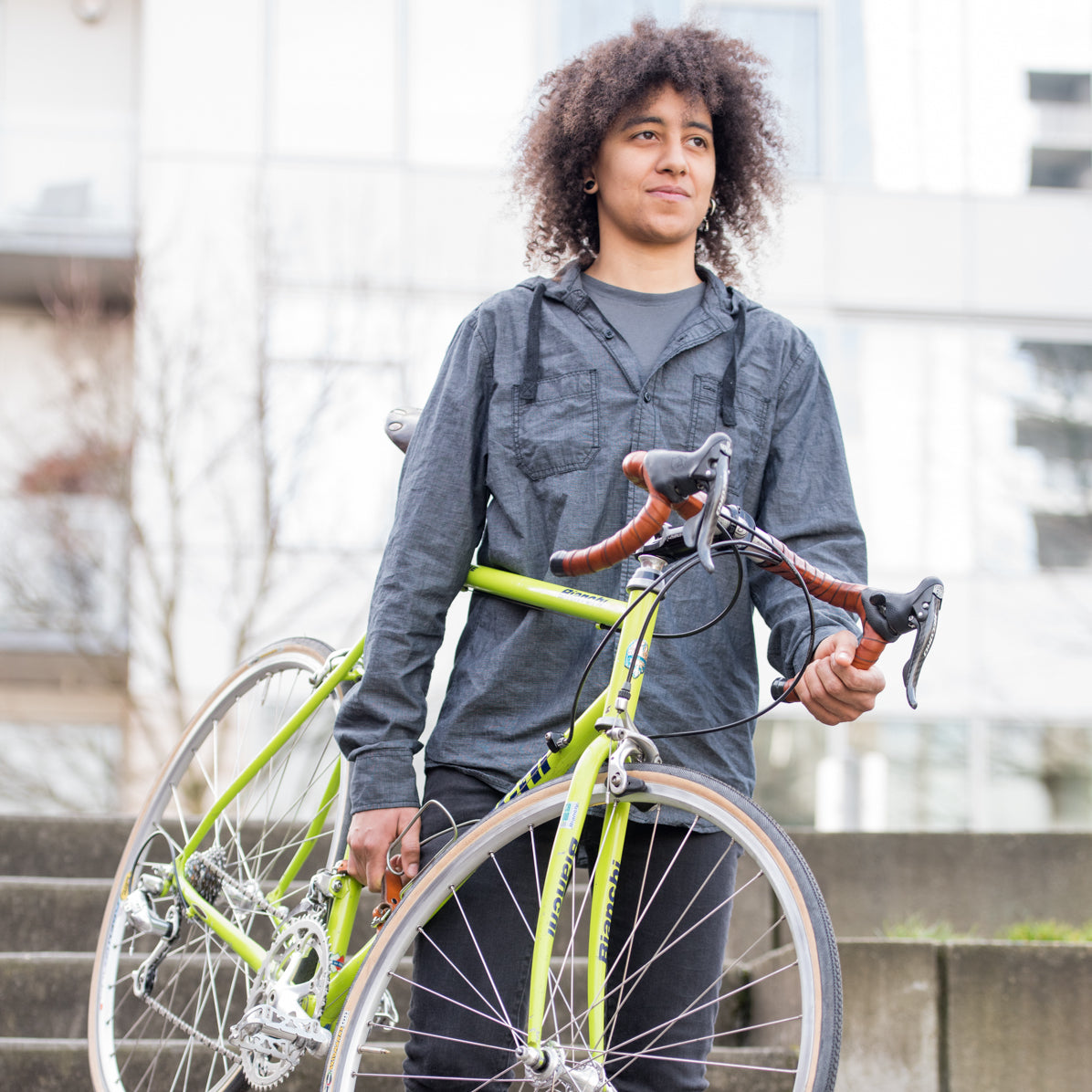
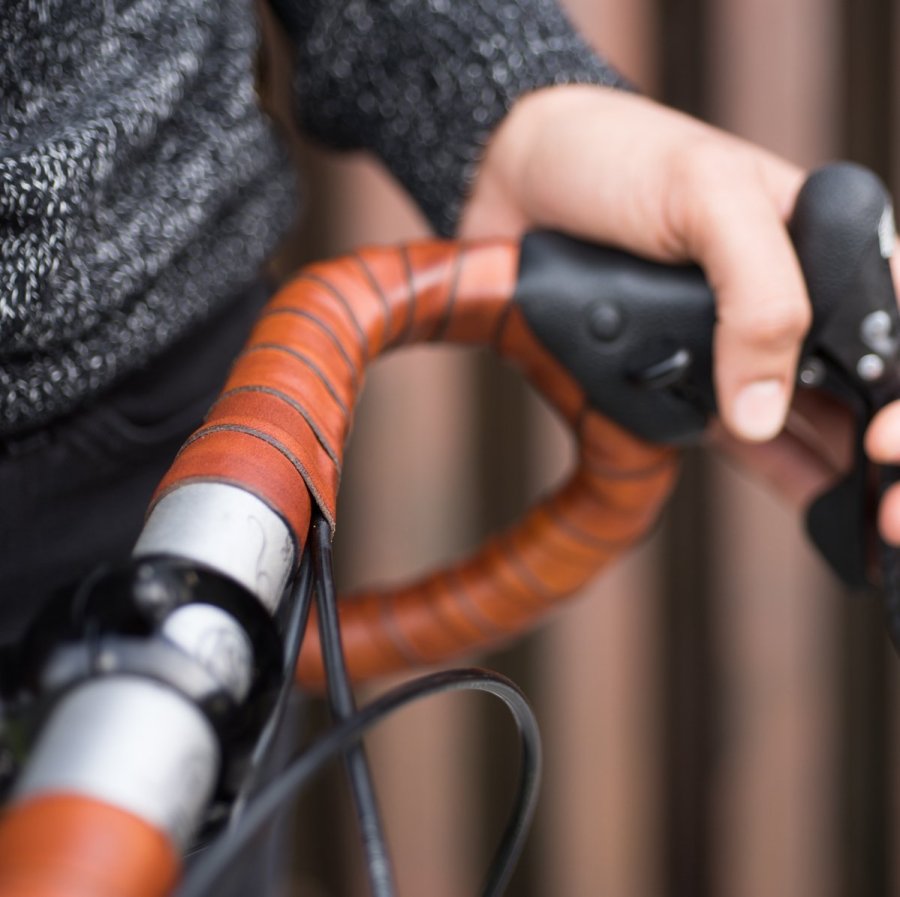
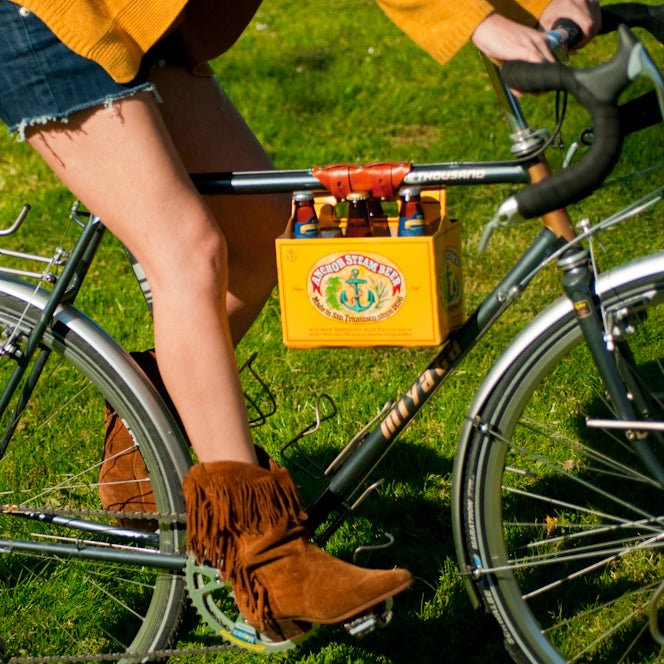
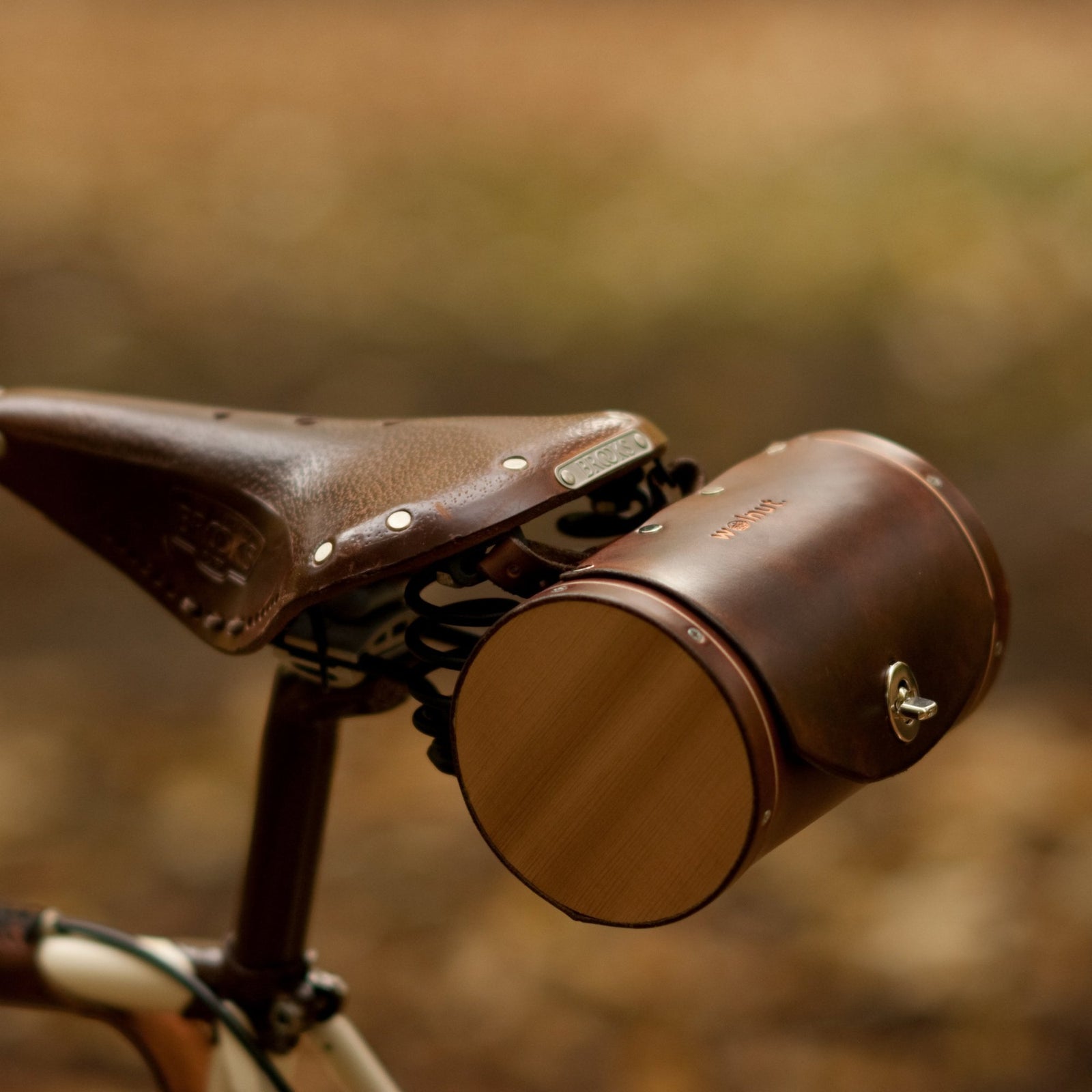

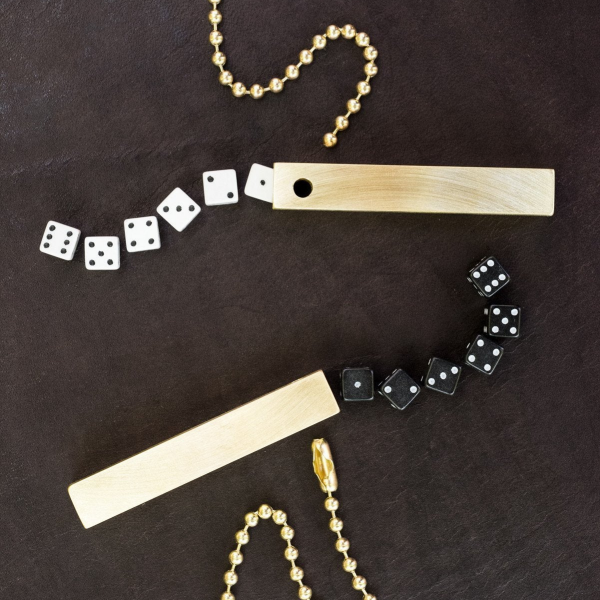
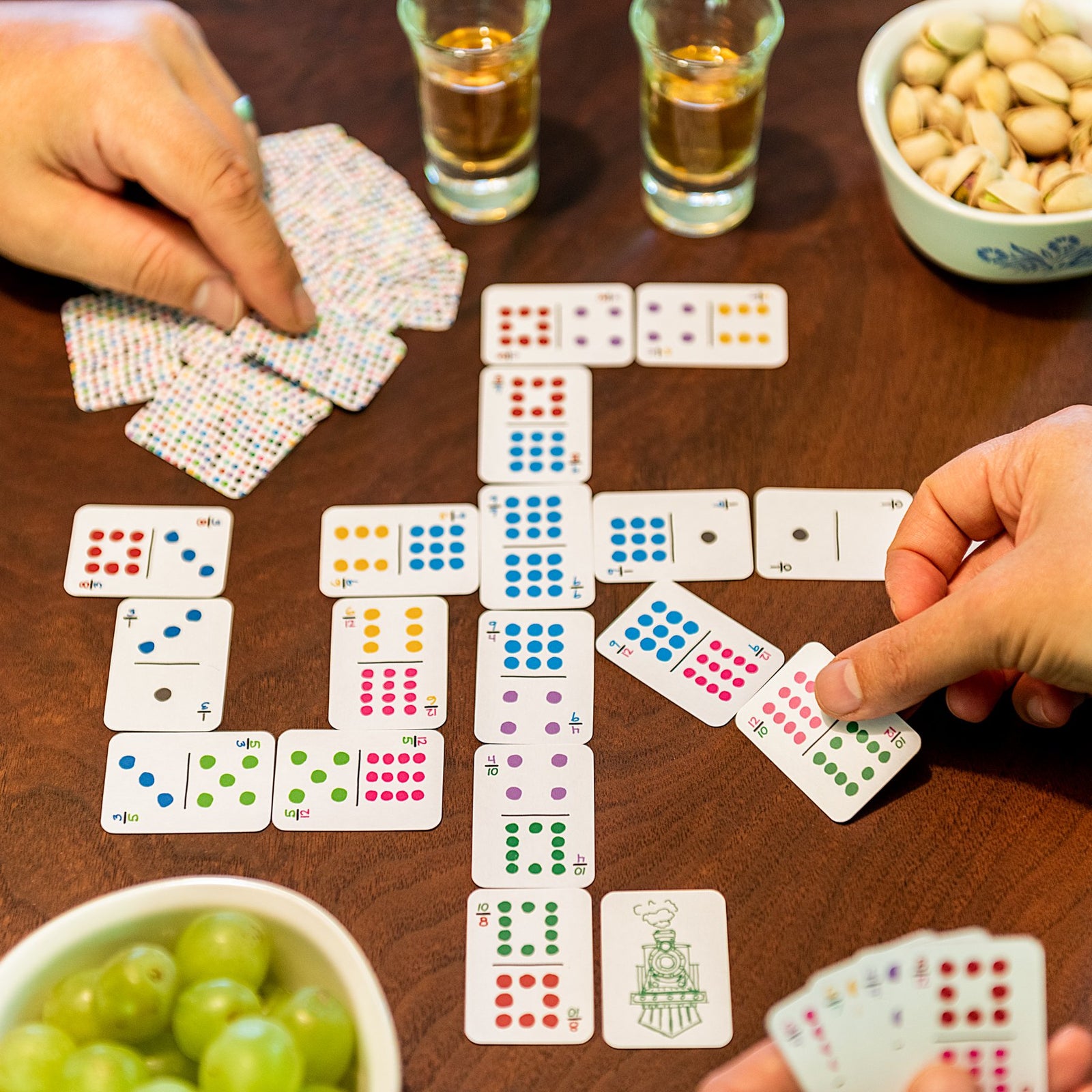

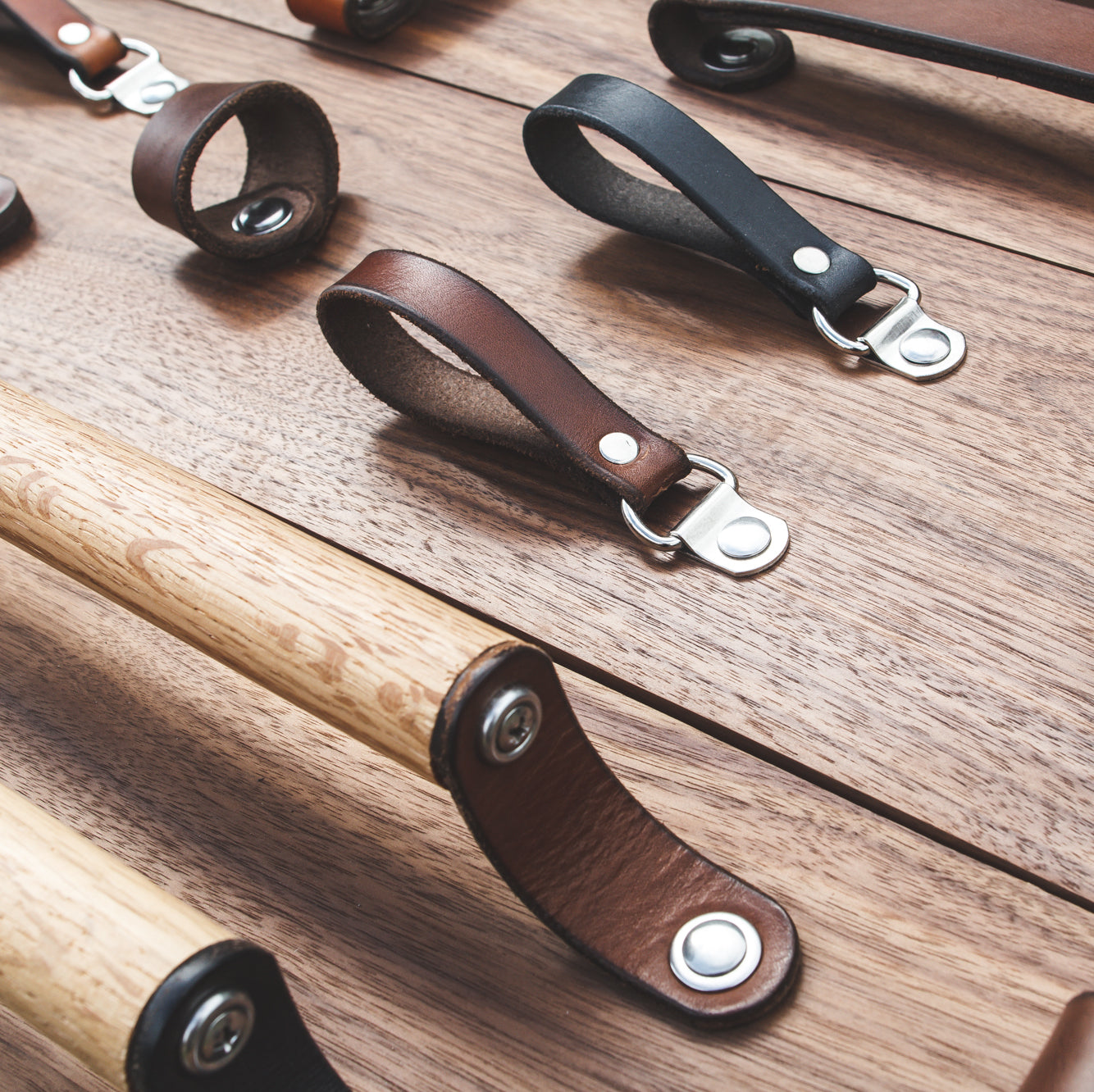

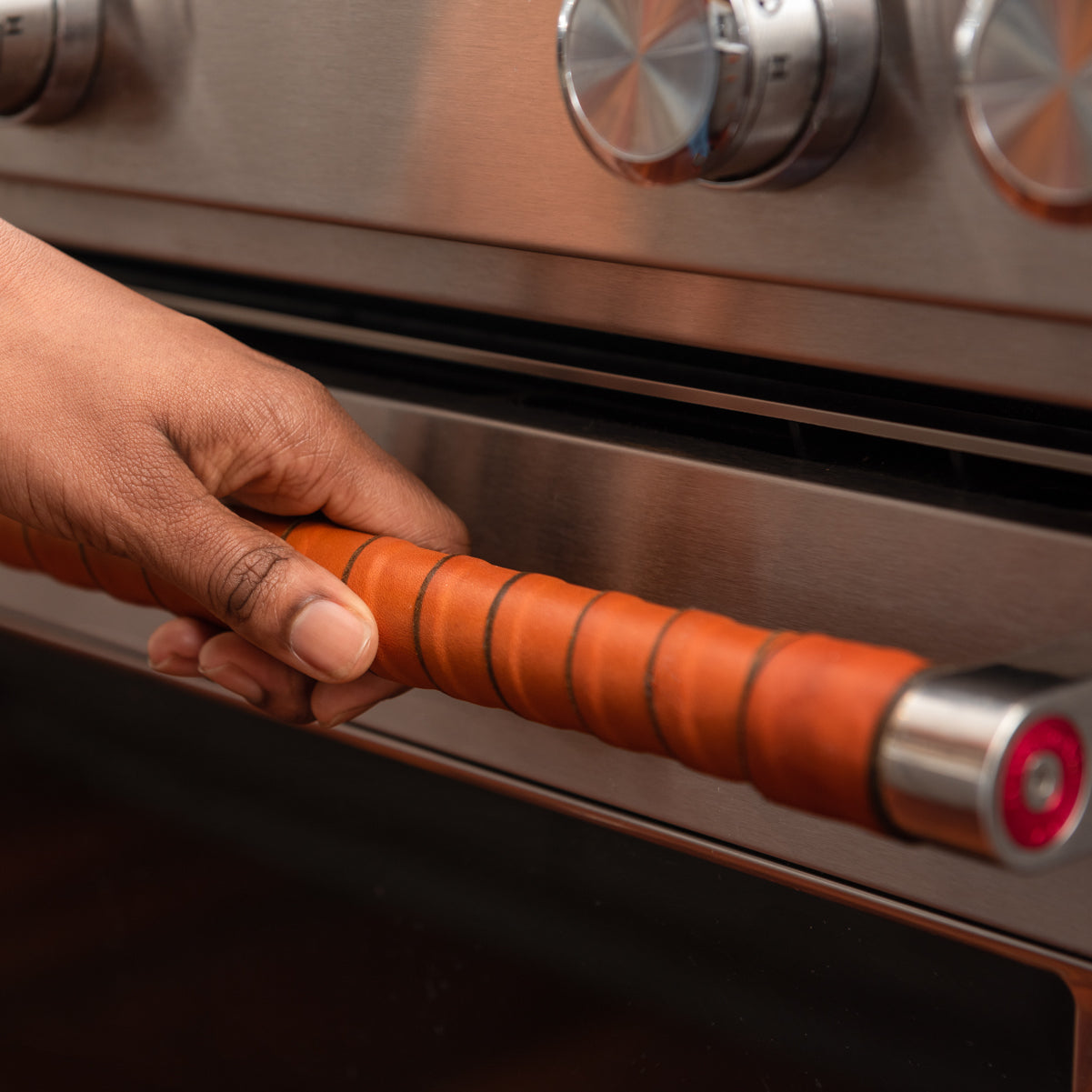



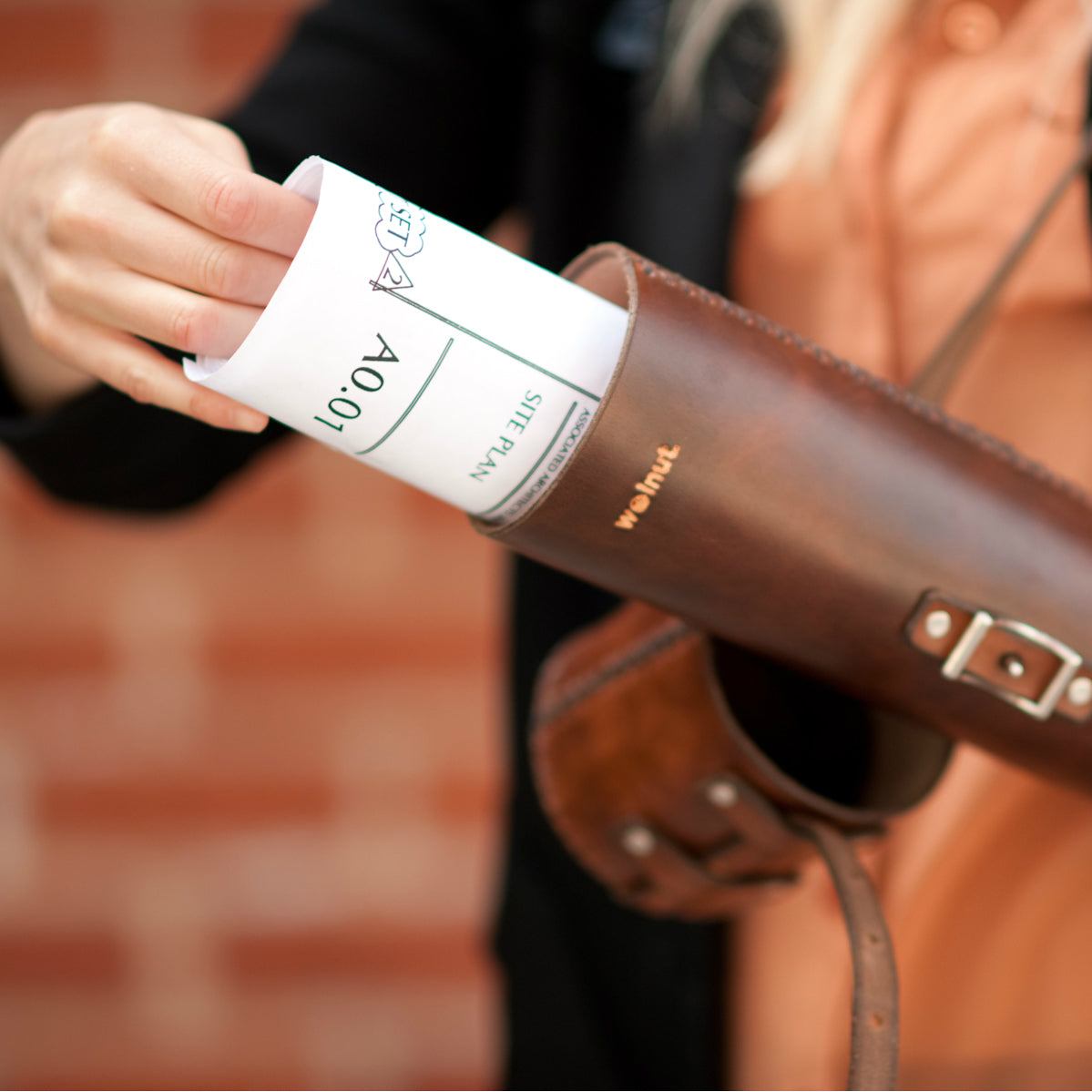

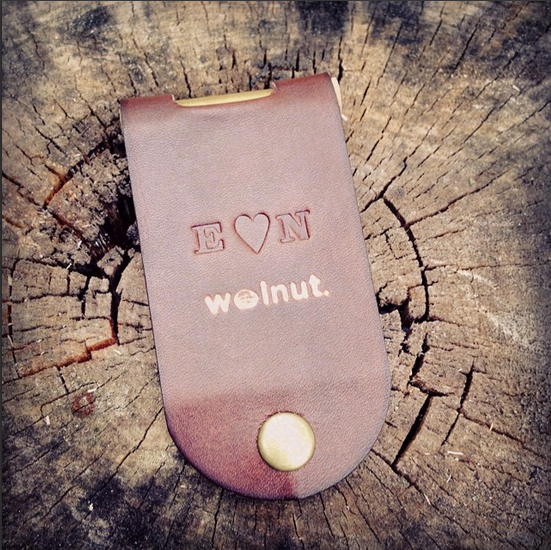
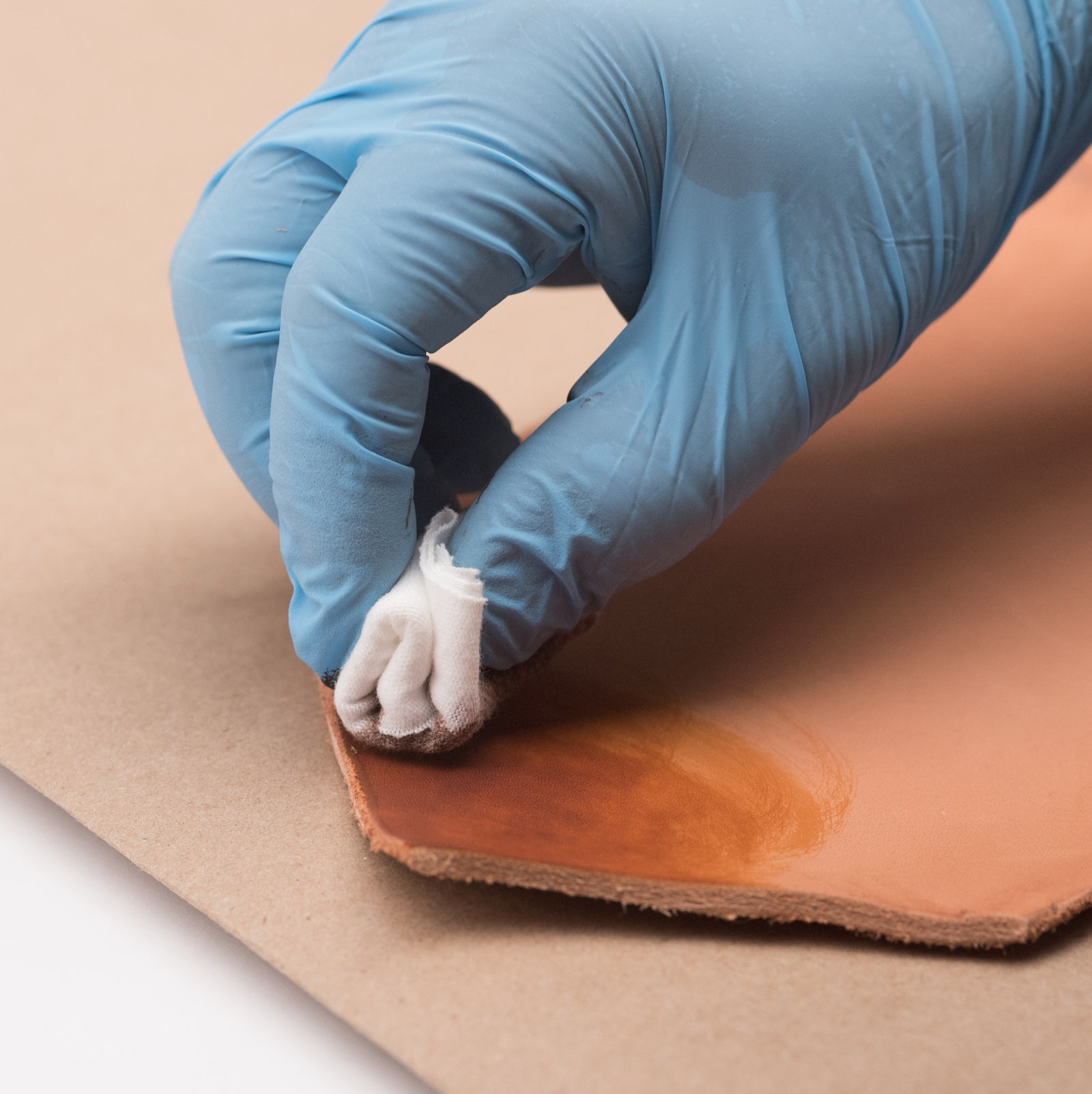


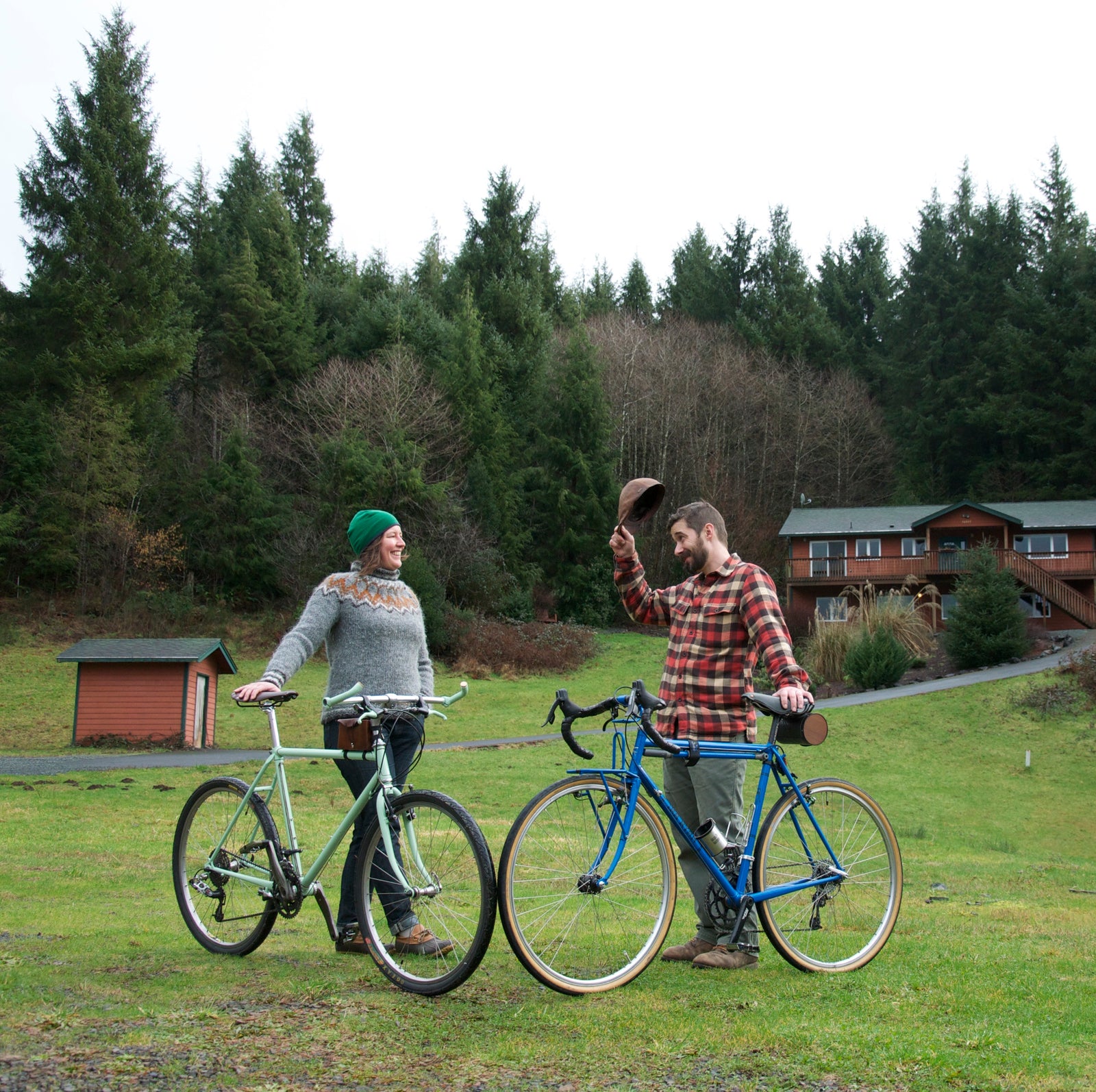
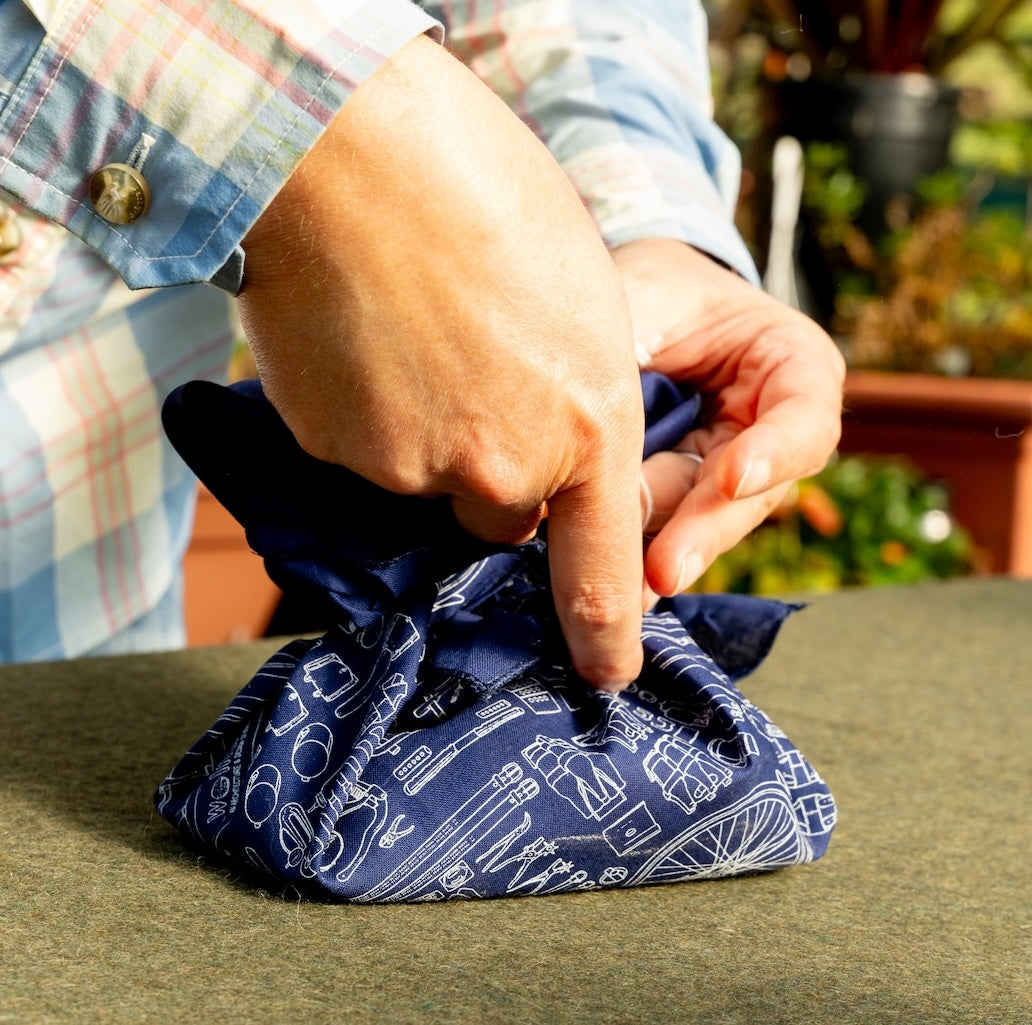








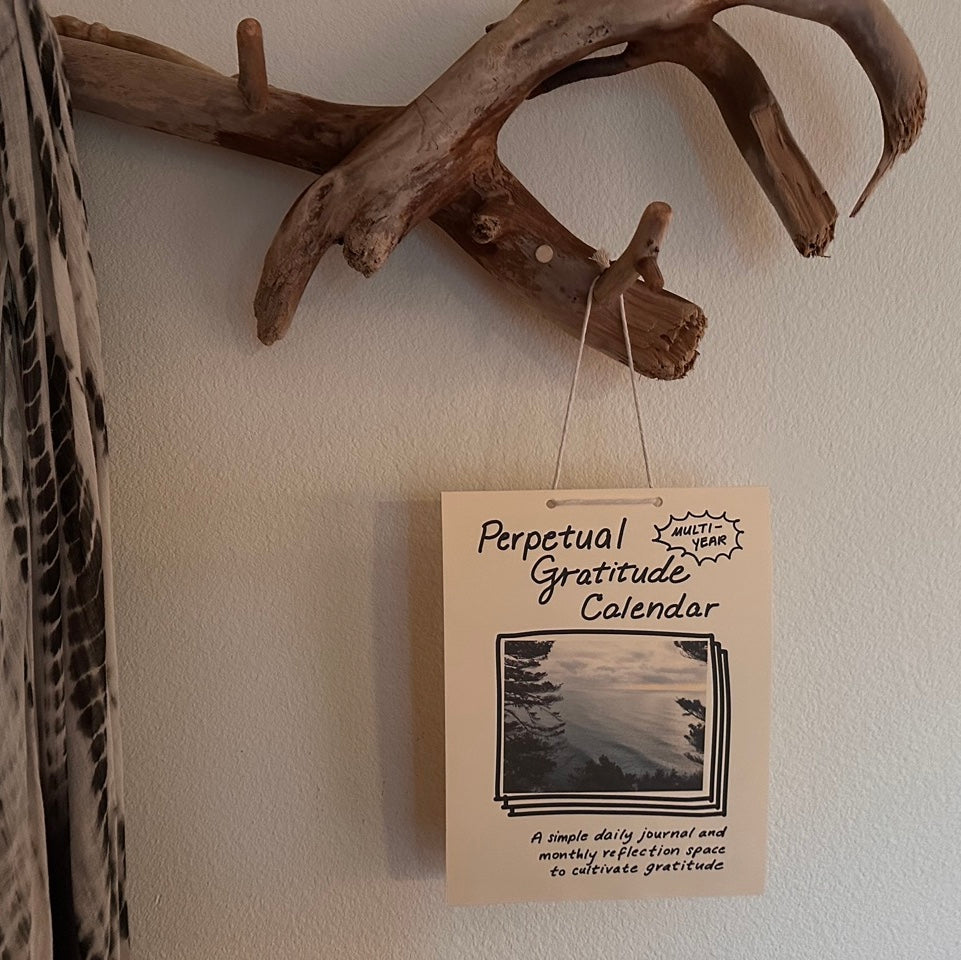
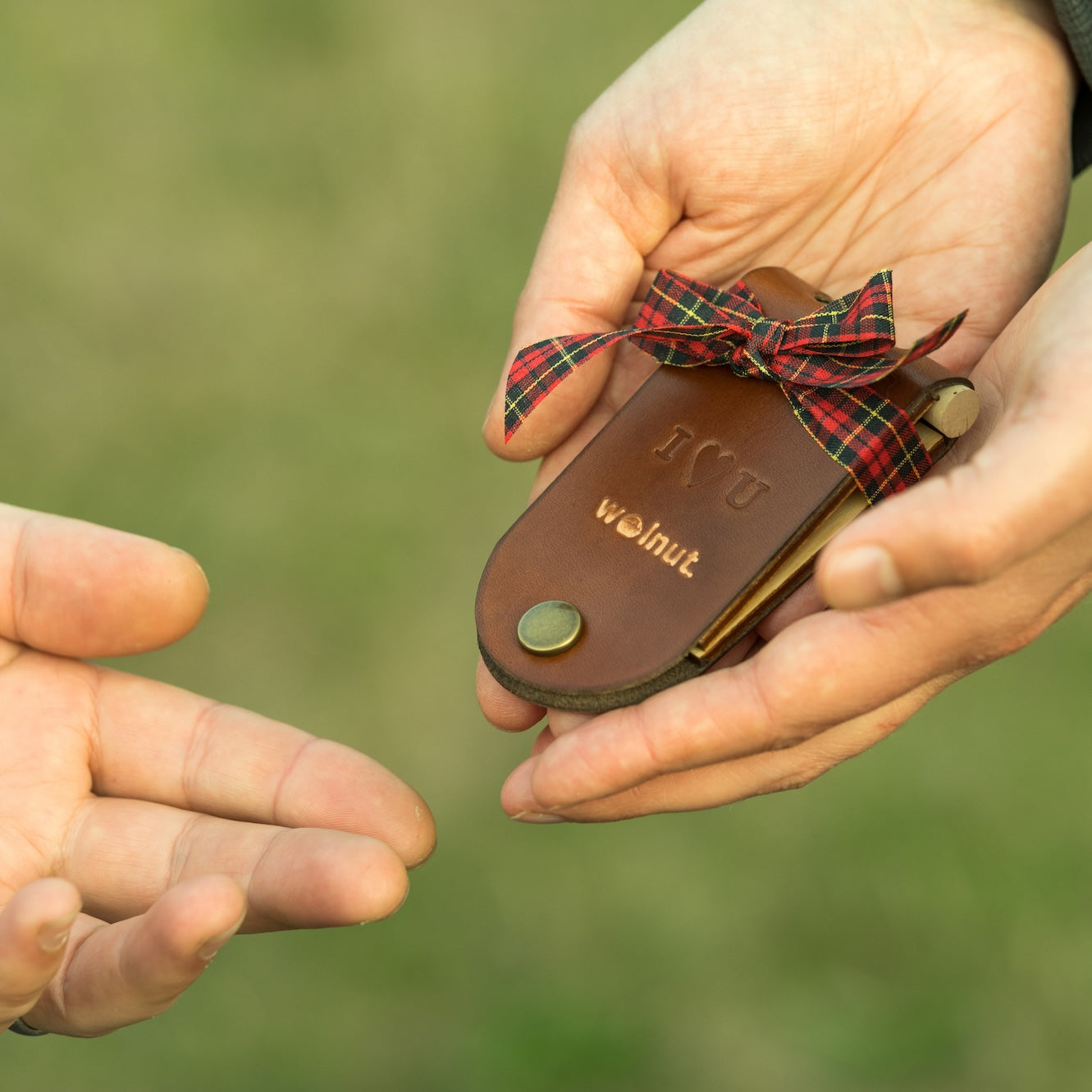


Leave a comment (all fields required)